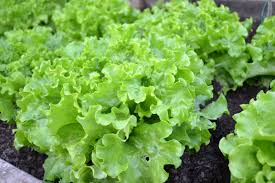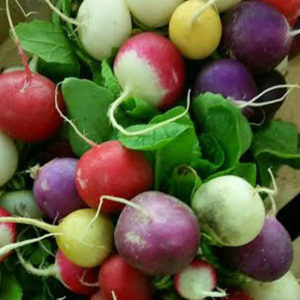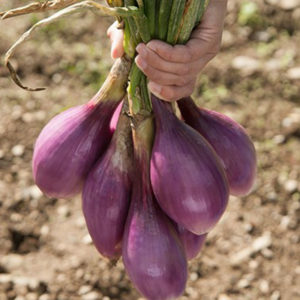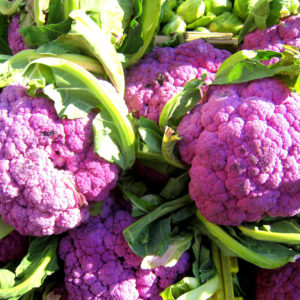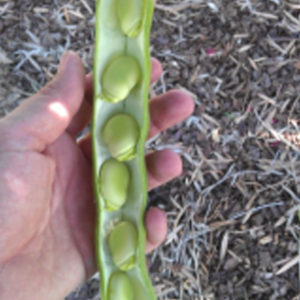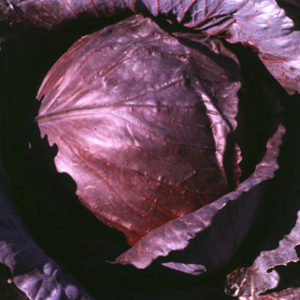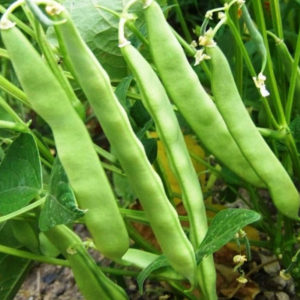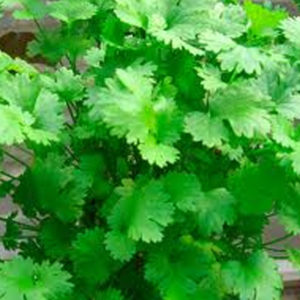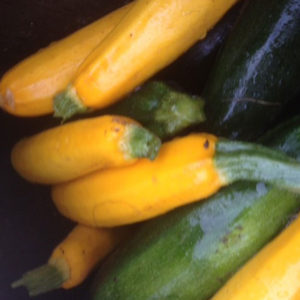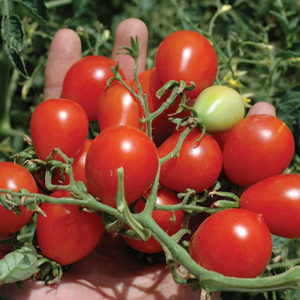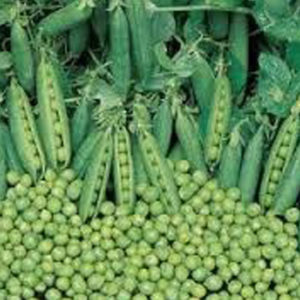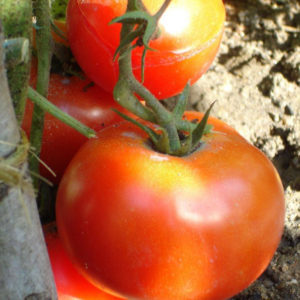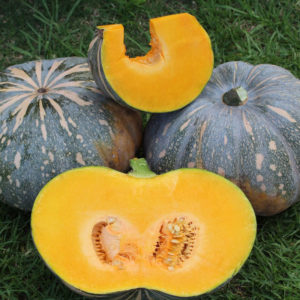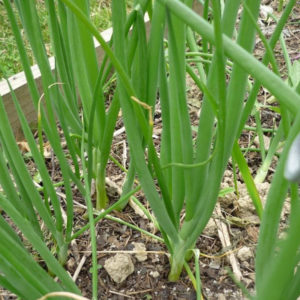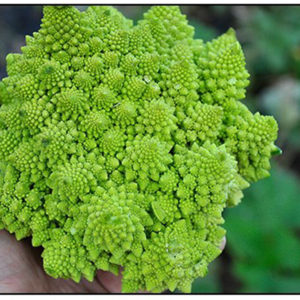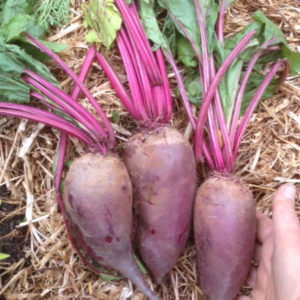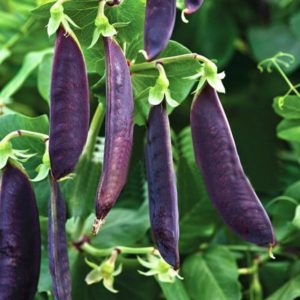-
Out of stock
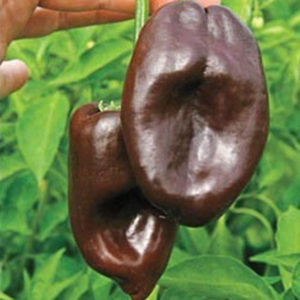 Capsicum annuum So excited to have this seed available to you and I recommend you seed save. A poblano type chilli on a very tall plant will maybe need some staking. Producing wide green fruit tapering gently to soft point. Known as Ancho's in Mexico they are very mild with smells of raisins and smoke when dried. Add an exquisite richness to any dish.
Capsicum annuum So excited to have this seed available to you and I recommend you seed save. A poblano type chilli on a very tall plant will maybe need some staking. Producing wide green fruit tapering gently to soft point. Known as Ancho's in Mexico they are very mild with smells of raisins and smoke when dried. Add an exquisite richness to any dish. -
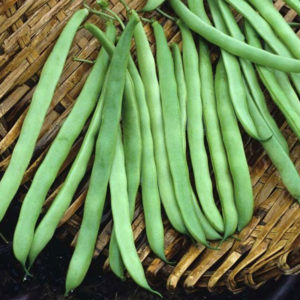 Phaseolus vulgaris This lovely ‘politically incorrect’ bean derives its name for its ease of growing and one of the first stringless beans making preparation much easier…for the housewife nearly 200yrs ago! Tender, productive fleshy broad green climber up to 2 metres. Rare now and needing reviving as its flavour compares well with today's good green bean.
Phaseolus vulgaris This lovely ‘politically incorrect’ bean derives its name for its ease of growing and one of the first stringless beans making preparation much easier…for the housewife nearly 200yrs ago! Tender, productive fleshy broad green climber up to 2 metres. Rare now and needing reviving as its flavour compares well with today's good green bean. -
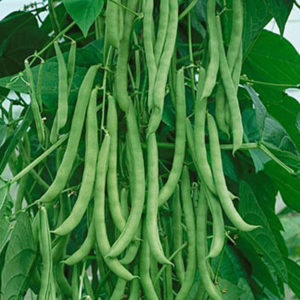 Phaseolus vulgaris Once the most popular bean in the south of America this bean has been first mentioned in 1864 as Texas Pole. A green climber it can grow very tall producing pods up to 20cm long. Fleshy, curved and broad-oval pods with seeds filling to the tip and edge but not crowded. Very reliable, flavoursome, abundant and early maturing. Can be picked fresh or allow pods to dry and save beans.
Phaseolus vulgaris Once the most popular bean in the south of America this bean has been first mentioned in 1864 as Texas Pole. A green climber it can grow very tall producing pods up to 20cm long. Fleshy, curved and broad-oval pods with seeds filling to the tip and edge but not crowded. Very reliable, flavoursome, abundant and early maturing. Can be picked fresh or allow pods to dry and save beans. -
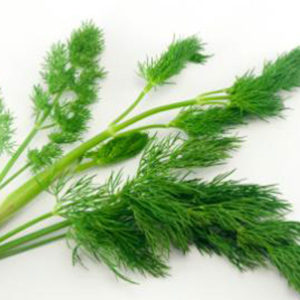 Anethum graveolens Best grown as annual as it will not survive the winter in Victoria. Tall wispy plant up to 75cm tall harvest around 8 weeks after sowing. Eat leaves, then flowers, then seeds. Plant direct .5cm deep close together in warm soil between 10-20c Spring-Autumn. Dill doesn't enjoy transplanting. Suggest successive plantings every 3 weeks.
Anethum graveolens Best grown as annual as it will not survive the winter in Victoria. Tall wispy plant up to 75cm tall harvest around 8 weeks after sowing. Eat leaves, then flowers, then seeds. Plant direct .5cm deep close together in warm soil between 10-20c Spring-Autumn. Dill doesn't enjoy transplanting. Suggest successive plantings every 3 weeks. -
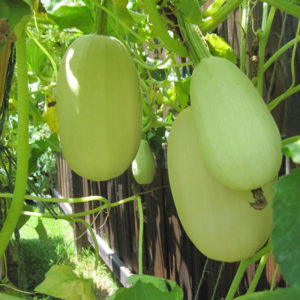 Cucurbita pepo I am often approached by my older customers seeking what they like to call a true squash. And this is the closest I can give them. Lovely flavour especially when roasted. To get the ‘spaghetti’ affect it needs baking. We cut in half, scoop out seeds, fill with eggs, cream, cheese and seasoning and bake first 20mins covered, last 10mins uncovered to crisp the top. Seriously yum.
Cucurbita pepo I am often approached by my older customers seeking what they like to call a true squash. And this is the closest I can give them. Lovely flavour especially when roasted. To get the ‘spaghetti’ affect it needs baking. We cut in half, scoop out seeds, fill with eggs, cream, cheese and seasoning and bake first 20mins covered, last 10mins uncovered to crisp the top. Seriously yum. -
 Barbarea verna Slightly hotter than watercress but a very similar flavour. Does not need water to grow. Often grown for it’s affective deterrent of white butterfly larvae which tend to eat the leaves even though it means their demise. Recommend planting throughout the garden when planting brassicas.
Barbarea verna Slightly hotter than watercress but a very similar flavour. Does not need water to grow. Often grown for it’s affective deterrent of white butterfly larvae which tend to eat the leaves even though it means their demise. Recommend planting throughout the garden when planting brassicas. -
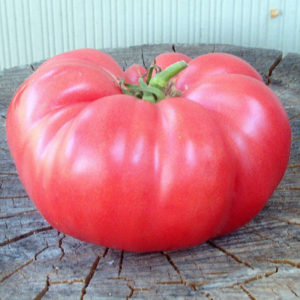 Solanum lycopersicum L. This large tomato was first presented to us by John Grasso at one of our markets. He brought it with both hands saying 'they get bigger than this'. What I didn't realise was how sweet they were. Plant is tall indeterminate type and needs to be staked well especially considering the weight of the fruit!
Solanum lycopersicum L. This large tomato was first presented to us by John Grasso at one of our markets. He brought it with both hands saying 'they get bigger than this'. What I didn't realise was how sweet they were. Plant is tall indeterminate type and needs to be staked well especially considering the weight of the fruit! -
 Cucurbita pepo This is a remarkable pumpkin? squash? whatever you'd like to call it. Large vine producing round green golden stripey fruit that ripens like most pumpkins, leaving them to mature on vine. Finally once opened there's the gift of sweet golden squash like flesh (great for soups) and delicious fresh pepita's which are so good for you. Plant needs lots of room and sun to prosper.
Cucurbita pepo This is a remarkable pumpkin? squash? whatever you'd like to call it. Large vine producing round green golden stripey fruit that ripens like most pumpkins, leaving them to mature on vine. Finally once opened there's the gift of sweet golden squash like flesh (great for soups) and delicious fresh pepita's which are so good for you. Plant needs lots of room and sun to prosper. -
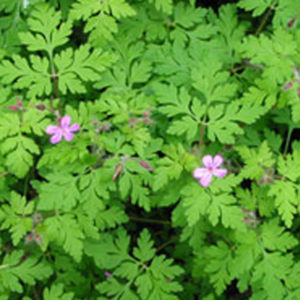 Geranium robertianum Of the Geranium family feathery leaves with pretty pink flowers this remarkable little annual will spread through your garden. And let it. "Herb Robert is a supreme, therapeutic herb. This herb’s action is one of the most outstanding herbs that we can use regularly, as an enhancer of the immune system. Research has revealed herb Robert is a source of germanium, a valuable element to the body, as it has the ability to make oxygen available to the cells. More oxygen, at cell level, means the body has the opportunity to fight disease by its own powers, and healing can take place quickly. Lack of oxygen, available to the cells, can be caused by free radicals and a toxic state around the cells: meaning the cells cannot get the required oxygen, or the nutrients, to regenerate." Quote Herbs are Special. Refer to Isabell Shiphard for more.
Geranium robertianum Of the Geranium family feathery leaves with pretty pink flowers this remarkable little annual will spread through your garden. And let it. "Herb Robert is a supreme, therapeutic herb. This herb’s action is one of the most outstanding herbs that we can use regularly, as an enhancer of the immune system. Research has revealed herb Robert is a source of germanium, a valuable element to the body, as it has the ability to make oxygen available to the cells. More oxygen, at cell level, means the body has the opportunity to fight disease by its own powers, and healing can take place quickly. Lack of oxygen, available to the cells, can be caused by free radicals and a toxic state around the cells: meaning the cells cannot get the required oxygen, or the nutrients, to regenerate." Quote Herbs are Special. Refer to Isabell Shiphard for more. -
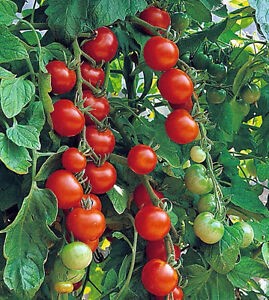 Lycopersicum esculentum This beautiful cherry size tomato was voted top in taste tests in the Melbourne International Flower and Garden Show in 2015. It has good disease resistance, producing trusses of classic red tomatoes with a sweet and juicy flavour. We love this one! Mulch and stake well. 60 seeds.
Lycopersicum esculentum This beautiful cherry size tomato was voted top in taste tests in the Melbourne International Flower and Garden Show in 2015. It has good disease resistance, producing trusses of classic red tomatoes with a sweet and juicy flavour. We love this one! Mulch and stake well. 60 seeds.

